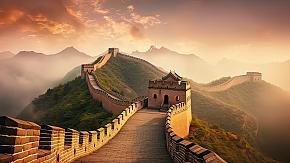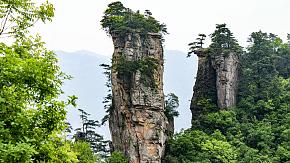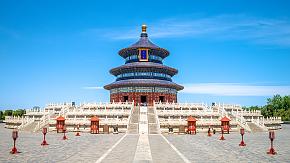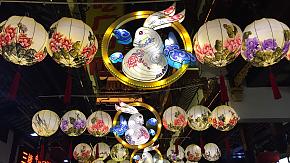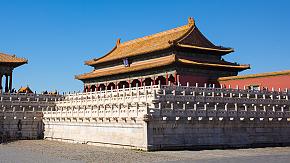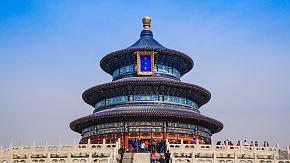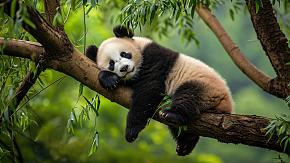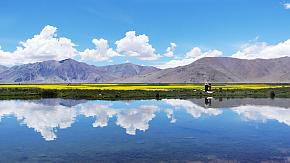Chinese New Year 2026: Traditions & How to Celebrate
Chinese New Year is the most important festival in China. It's also called the Spring Festival, aiming to celebrate the beginning of a Chinese year. In 2026, the Chinese New Year falls on February 17th.
If you're interested in Chinese culture, celebrating Chinese New Year is a good way to learn about its tradition. Thus, we've compiled a guide to the Chinese New Year to help you get familiar with this festival before planning your China tour.
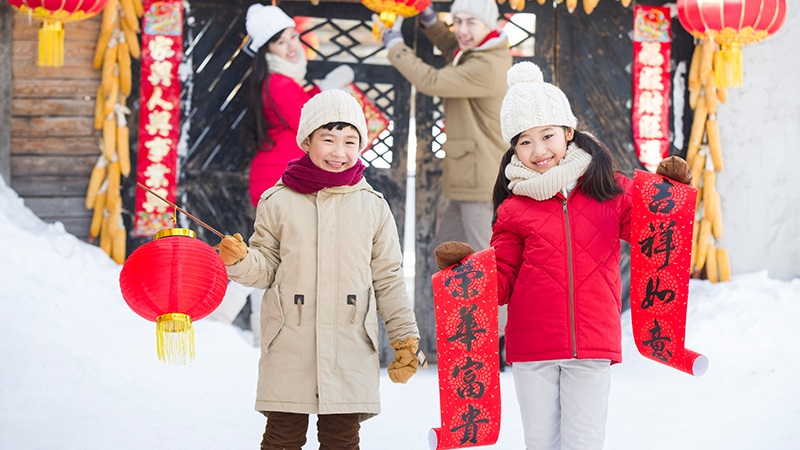 Kids celebrate Spring Festival with family
Kids celebrate Spring Festival with family
Chinese New Year 2026: Feb 17th
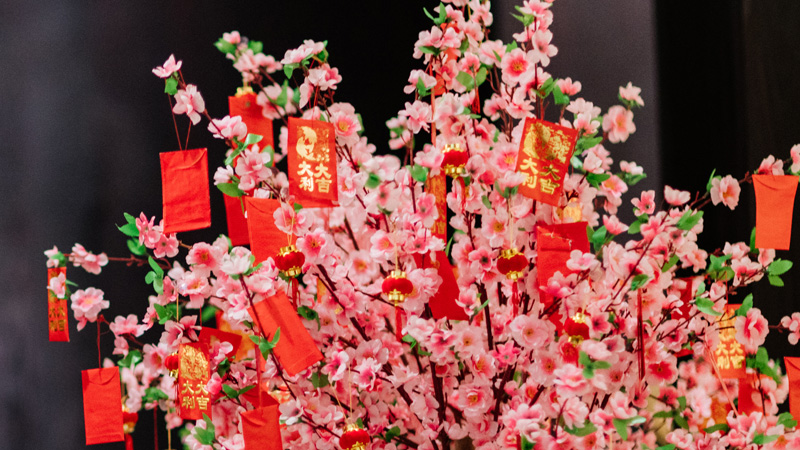 Chinese New Year decoration
Chinese New Year decoration
- Zodiac Animal of 2026: Horse
- Cultural Significance: Family reunion, honoring ancestors, and a sign of hope and new beginnings.
2026 is the year of horses. In Chinese astrology, the horse is the 7th animal in the 12-year zodiac cycle. It is a stand of wisdom, intuition, and elegance in Chinese culture.
To celebrate this festival, people usually start preparing about half a month in advance, stocking up on snacks, non-perishable foods, and other supplies. Those working in other cities typically return home on the Chinese New Year's Eve. During this time, high-speed train tickets often need to be purchased two weeks in advance, and air travelers may face the issue of rising ticket prices. As a result, some people opt to drive home instead.
Why Does the Date of Chinese New Year Change Every Year?
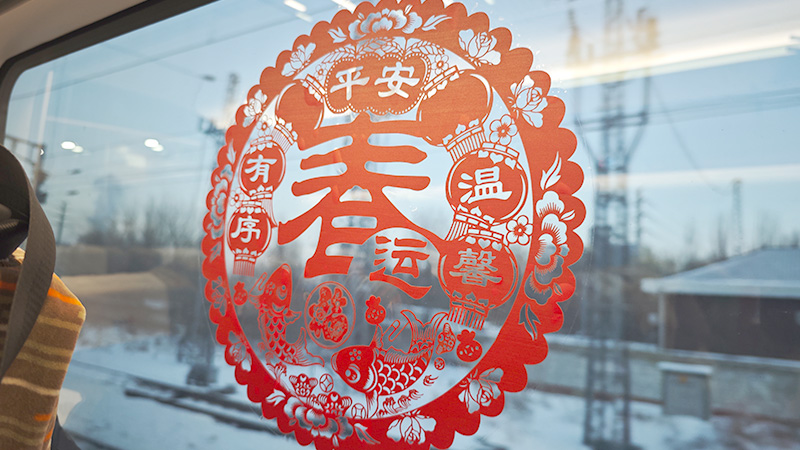 Chinese New Year decoration on the train
Chinese New Year decoration on the train
The exact date of the Chinese New Year is determined by the traditional Chinese calendar. It's a calendar system widely used in China and some countries in East Asia. This calendar is based on the movements of both the moon and the sun, which is why it's also called a "lunisolar calendar."
Basically, a month in the Chinese calendar lasts 29 or 30 days, depending on the moon's cycle. And each year has 12 lunar months, making it shorter than a solar year. So the date of Chinese New Year will change. To keep the calendar aligned with the solar year and the seasons, a leap month is added roughly every 2-3 years. In the end, the traditional festivals, like Chinese New Year or the Mid-Autumn Festival, still fall in the correct seasons.
How to Celebrate Chinese New Year 2026 (Day by Day)
There are many traditions when celebrating Chinese New Year. You can follow the steps below and celebrate the Chinese New Year with us.
Celebrating the Little Year
Date: Feb 10th/11th, 2026
Traditions:
- Pray to the Kitchen God
- Clean up the house
- Buy food and New Year decorations
In the northern part of China, people celebrate the Little Year on the 23rd of the twelfth lunar month, while the people in the southern part of China celebrate it on the 24th. An important thing to do is pray to the Kitchen God, a deity in Chinese mythology, aiming to protect the stove and family. People believe that if we pray to him, he will bring our New Year wish to Yu Huang Da Di, the emperor of Chinese heaven.
From this day on, people will start to prepare for the Chinese New Year. People will do house cleaning and head to supermarkets or street markets to buy decorations and prepare food for the New Year, such as making Zongzi.
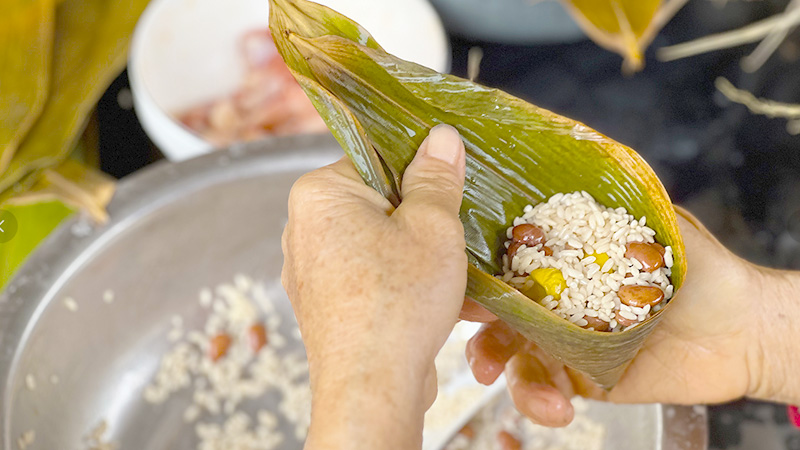 Make Zongzi at home for the Spring Festival
Make Zongzi at home for the Spring Festival
Chinese New Year's Eve
Date: Feb 16th, 2026
Traditions:
- Have a family reunion meal
- Take a shower and wash all the clothes
- Light the fireworks and firecrackers at 12 am (the first minute of the Chinese New Year)
- Set up the Chinese New Year decorations
- Give red envelopes to children
In 2026, Chinese New Year's Eve falls on Feb 16th. On this day, the whole family will reunite and have dinner together. But before that, there are still many things to do. People will set up the New Year decorations, such as red lanterns, spring couplets, red paper cuttings, "Fu" character posters, etc. Quite similar to western families buying Christmas trees, some families would buy some small potted orange trees and place them in their house. Because "橘," the Chinese of oranges, has a similar pronunciation with "吉," the Chinese of good luck.
Then it's time for the meal. Traditionally, people cook fish, chicken, seafood, and some vegetables for this rich meal. It's okay if you have leftovers. Because the leftovers on this day have a special meaning: the surplus of last year. They will bring you abundance every year. After that, take a shower and wash all the clothes. People believe this will take all the bad luck away.
At midnight, every household sets off firecrackers and fireworks to welcome the New Year. At this moment, parents give children red envelopes (money wrapped in red papers), symbolizing wishes for a safe and auspicious year ahead.
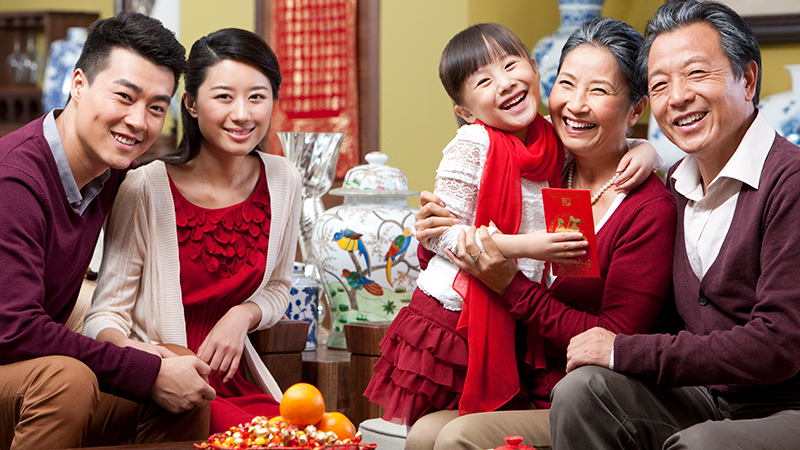 Family reunites on Chinese New Year's Eve
Family reunites on Chinese New Year's Eve
Chinese New Year
Date: Feb 17th, 2026
Traditions:
- Do not do any house cleaning
- Head out for public celebrations or stay at home
The first day of the Chinese New Year is the most important, which falls on Feb 17th in 2026. There is a tradition on this day to avoid cleaning the house or taking out the trash, as it is believed to sweep away or discard good luck for the coming year.
While people may go out to enjoy themselves, they typically do not visit friends' or relatives' homes. They may choose to go out and have fun. Since many stores remain closed, most people visit scenic spots or parks or do shop in malls. Generally, many parks host temple fairs, which feature a variety of activities celebrating the Spring Festival, such as lion dances and fun games. Some temple fairs also sell traditional snacks, such as candied hawthorn sticks, sugar paintings, and barbecued treats. However, many people prefer to stay at home, spending time with their family watching TV or playing mahjong. Younger people prefer holding a BBQ party or traveling during this long holiday.
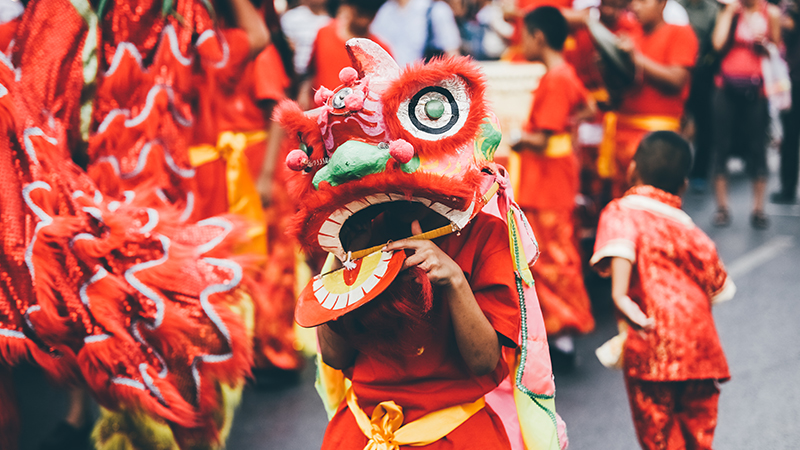 Lion dance for celebrating the Spring Festival
Lion dance for celebrating the Spring Festival
Second to Seventh Day of the New Year
Date: Feb 18th to Feb 23rd, 2026
Traditions: Visit friends & relatives
Starting from the second day of the Chinese New Year, people begin visiting relatives and friends, aiming to share good luck with them. If you are traveling in China during the Spring Festival, this is a great time to visit local families. You can join them for lunch, chat, and gain a deeper understanding of traditional Chinese culture. We can arrange the family visit into your customized itinerary. Plus, many locals don't speak foreign languages; we can help you communicate with each other.
Eighth to Fourteenth Day of the New Year
Date: Feb 24th to May 2nd, 2026
Most people only have a one-week holiday for the Spring Festival, and by the eighth day, they usually return to work. On the first day back at work after the Spring Festival, many companies give employees a return-to-work red envelope as New Year blessings. This also serves as encouragement for employees to work hard in the year ahead.
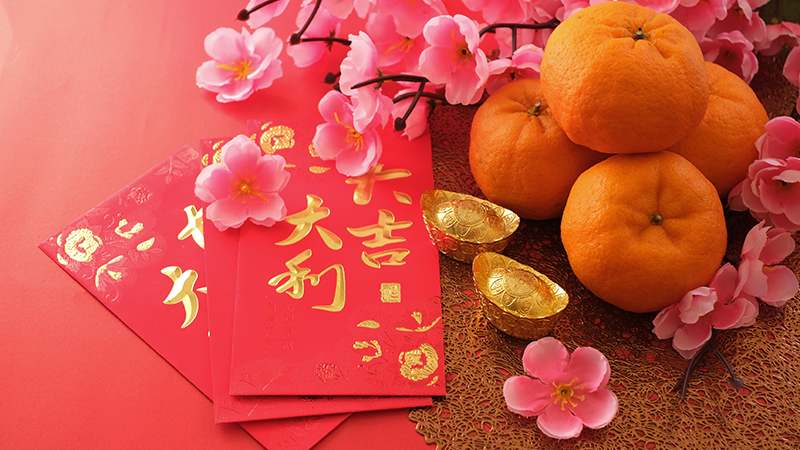 Chinese red envelopes
Chinese red envelopes
Fifteenth Day of the New Year: Lantern Festival
Date: May 3rd, 2026
Traditions:
- Reunite and have a meal with family
- Have rice dumplings
- Enjoy a Lantern Show
The fifteenth day of the Spring Festival is the Lantern Festival, a time for family reunions and celebrations and also the end of this holiday. After enjoying a family reunion dinner, people also cook and eat yuanxiao. Yuanxiao is a traditional food made of glutinous rice flour with fillings such as sesame or peanuts. In Chinese culture, the round shape of yuanxiao symbolizes unity and harmony.
On this day, it is customary in China to admire lantern shows. Many parks or ancient streets host lantern shows, where people can enjoy traditional New Year performances. One of the most popular activities is solving lantern riddles. Riddles are written on pieces of paper and attached to the lanterns. If someone guesses the correct answer, they can tear off the riddle or take down the lantern and verify the answer with staff at a designated booth. Those who answer correctly often receive a reward.
Traveling Tips During Chinese New Year
 One of the Chinese New Year temple fairs
One of the Chinese New Year temple fairs
1. Get ready for crowds. Although the Spring Festival is not considered a peak travel season, many people choose to visit local attractions or participate in New Year activities in the streets. As a result, the streets can still be crowded.
2. Plan your tour in advance. During the Spring Festival, the operating hours of many attractions are adjusted. Some places, like Beijing's Forbidden City, Prince Gong's Mansion, and Yonghe Temple, are closed on New Year's Eve but remain open on other days as usual. If you plan to visit these sites around the Spring Festival, you can confirm the opening hours of attractions with our travel consultants. Our experts have extensive experience in itinerary planning and can help you organize your trip to avoid missing operating hours.
Plan Your Chinese New Year Tour
Visiting China during the Spring Festival is actually a good idea. Because it's off-season in China in January and February, which means you can enjoy a less crowded tour during that period and experience the authentic festival. Contact us today or write to trip@odynovotours.com for a customized Chinese New Year tour that includes Spring Festival celebrations.
Related Posts You May Like
What Our Clients Say
"Great Customized Service", "Trip of A Lifetime", "Exceed All Expectations"
